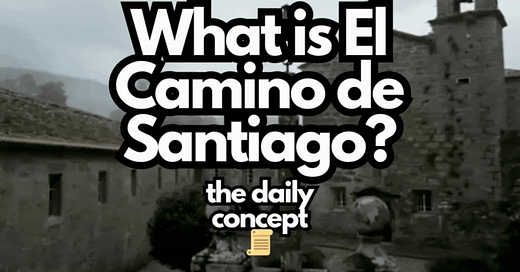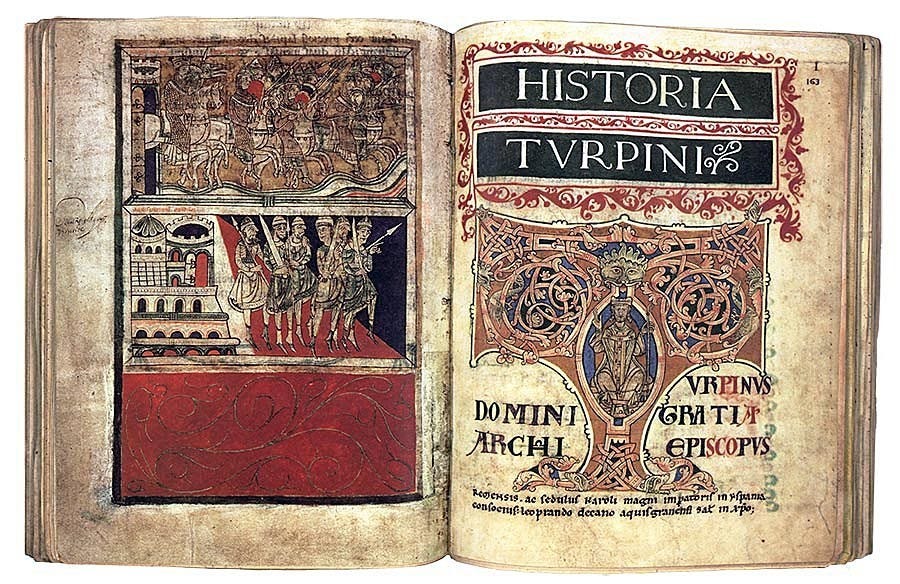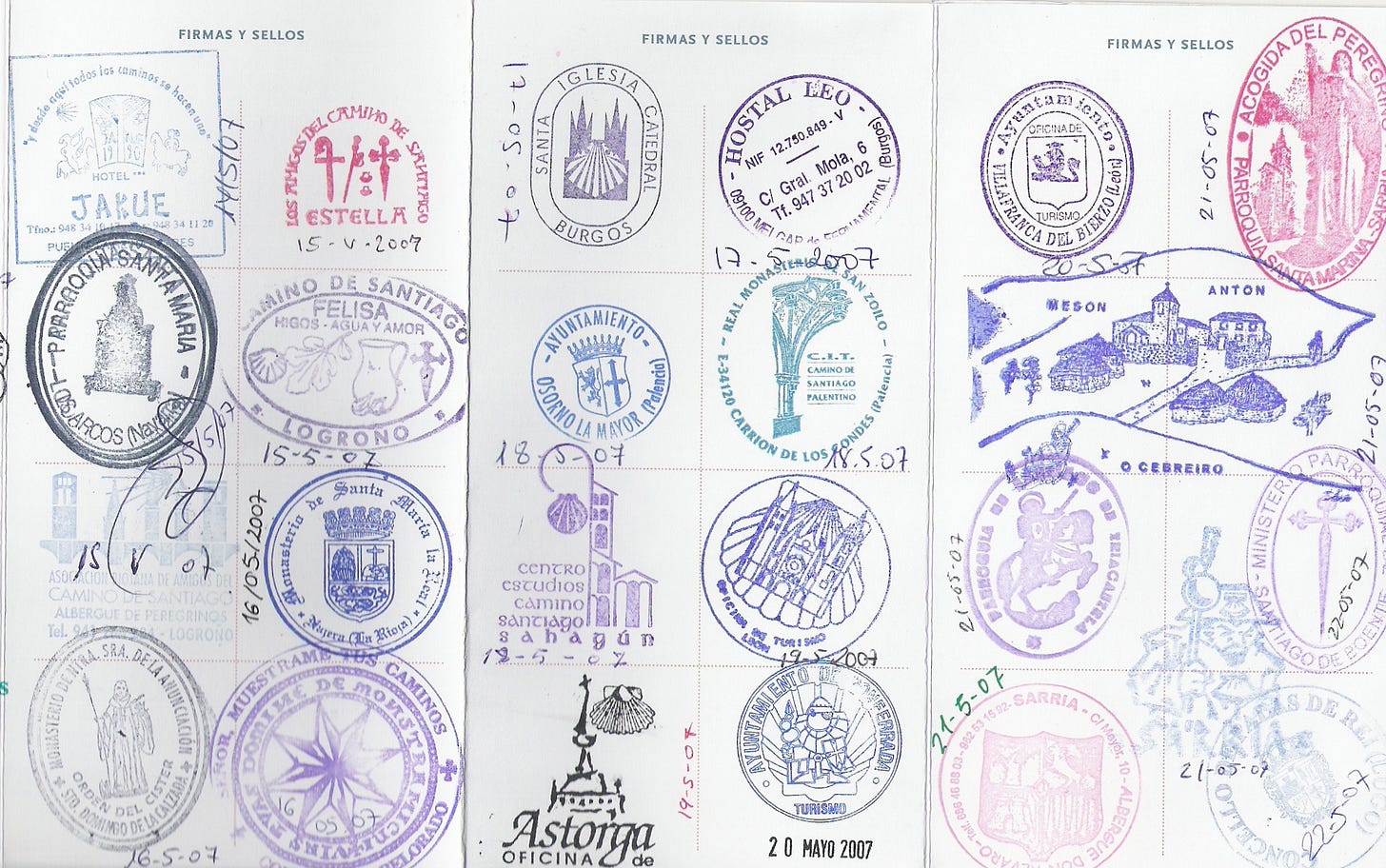Today’s newsletter is about El Camino de Santiago.
It’s a a network of roads across Spain, France, Italy, & Germany that Christian pilgrims & soul-searchers have been walking along for over a thousand years.
The destination: the Cathedral of Santiago de Compostela in northwestern Spain, where the relics & (alleged) remains of St. James are held.
The official Camino encompasses several different routes in Spain, France, and Portugal, and people have many options for the kind of Camino they want to walk.
People have been traversing the Camino since the Middle Ages, and interest in the pilgrimage has resurged in recent decades.
Since 2013, the Camino has attracted more than 200,000 pilgrims per year.

The traditional route is supposed to begin at one's home and end at the Cathedral, but the impracticality of that leads many to take shorter Camino journeys.
The main Camino route - the 90km Camino Dinisterre - runs from Santiago de Composetla to the coastal Galician towns of Fisterra and Muxía.
The shell of a scallop, which is commonly found on the Galician coast, has been the symbol of the Camino for centuries.
The road features stylized scallop shells as markers. (see below)
Medieval pilgrims would bring back a scallop shell as proof that they had completed the journey.
The first Camino guidebook, the Codex Calixtinus, was written by a French monk in 1130.
The “Guide to the Traveler” section is one of the earliest-known tourist guides in history.
It advised pilgrims on:
where to stop,
which relics to visit, and
what kinds of food they should avoid.
The original Codex was actually stolen from the Cathedral's archives in 2011.
It was recovered from the garage of a former Cathedral employee, who was later convicted of stealing millions of euros from church collection boxes.
It is estimated that between 500,000 and 2 million people traveled the Camino annually during the early Middle Ages.
There is even a historical tradition in France & Belgium of allowing prisoners or youth offenders to walk the Camino in lieu of traditional punishment.
Many of the towns along the Camino were established by religious orders to assist the pilgrims with food, housing, and medical care.

Another famous pilgrim hostel is the Hostal de los Reyes Reyes Católicos, which was built in the 15th century.
The Hostal is across the street from the Cathedral; although it is now a 5-star hotel, it still allows a limited number of pilgrims to stay free each day.
Most pilgrims on the Camino carry a "pilgrim's passport" called the credencial.
They have it stamped at each town in which they stay, providing themselves with a record of where they ate or slept.
A pilgrim can bring their stamped credencial to the Pilgrim's Office in Santiago, where they can receive a compostela (certificate of completion of the pilgrimage).
To earn a compostela, a pilgrim must walk at least 100km or cycle at least 200km.
While international interest in the Camino waned after the Middle Ages, the Camino has experienced a revival in recent decades.
Fewer pilgrims are making the journey for purely religious reasons these days, but most who commit weeks or months of their lives to walking the Camino are still searching for something:
meaning,
community,
friendship,
or themselves.
LEARN MORE:
Here are some articles and videos about the Camino for those who want to learn more about its history & the practicalities of actually doing the walk:
Santiago’s Golden Legend in New York Times Magazine (1989)
A Beginner’s Guide to Walking the Camino de Santiago in Outside Online (2025)
The Camino de Santiago trek adapts to the 21st century (VIDEO) by CBS News
For those who want to learn more about why people walk the Camino and what they get out of the experience, I recommend joining the Camino de Santiago All Routes Facebook group.
Pilgrims of all ages post touching stories, pictures, and videos every day in the group.
ART OF THE DAY











